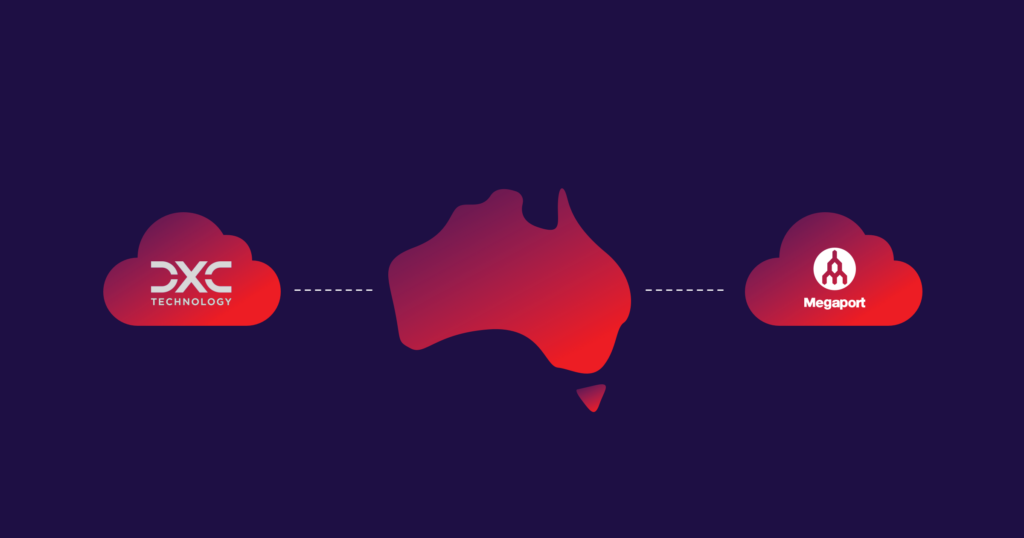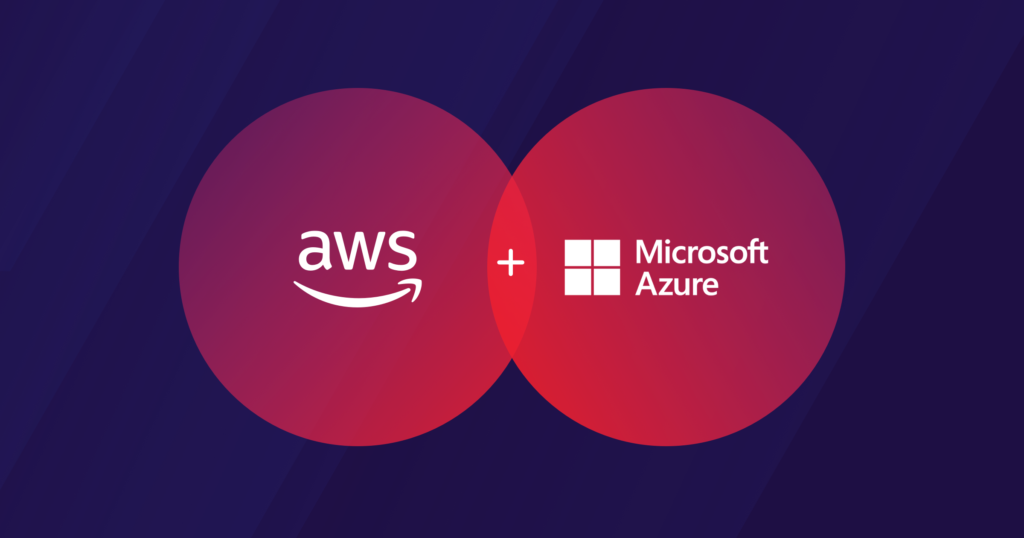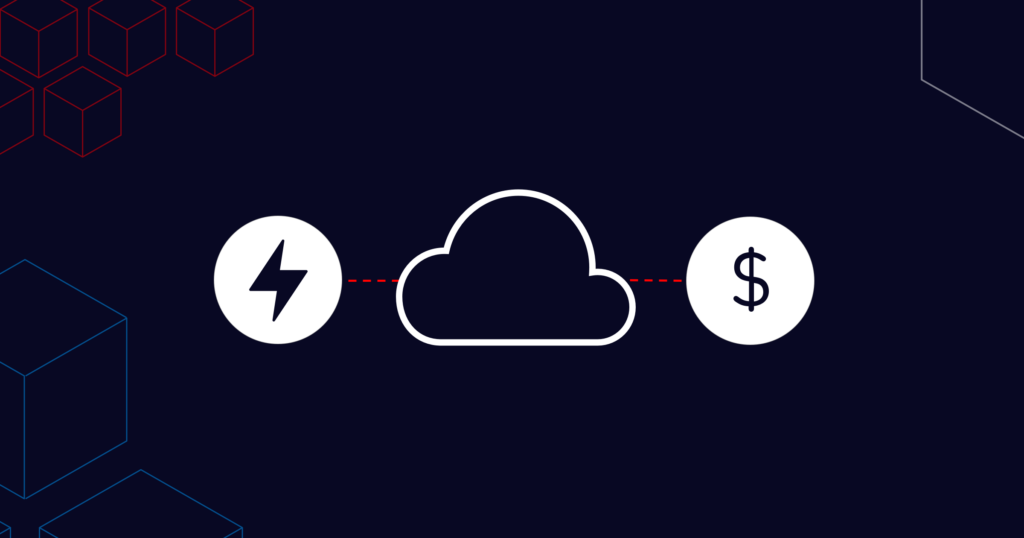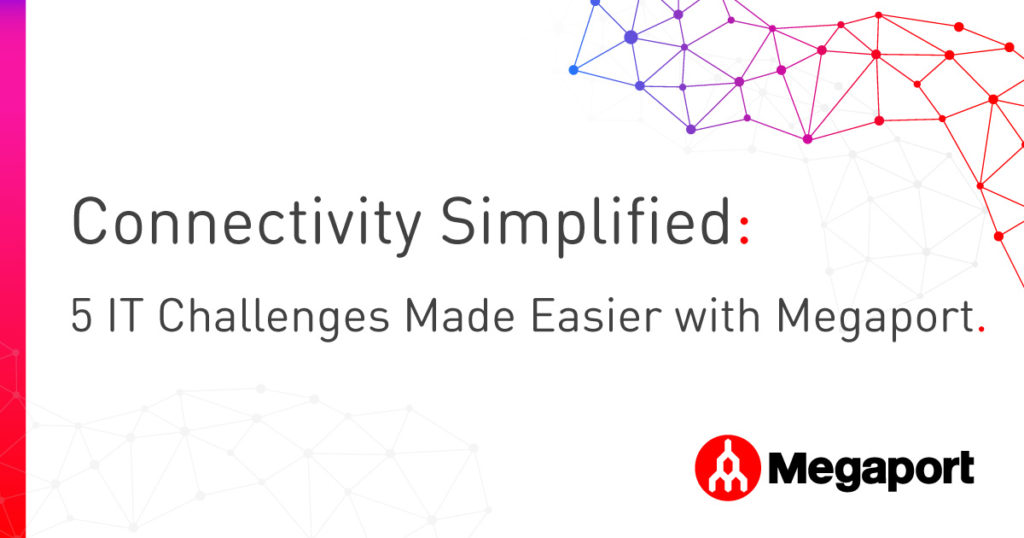
How DXC Technology Uses Megaport to Connect DXC’s Australian Data Centers to the Cloud
Learn how DXC Technology gives their customers better flexibility, reduced costs, and improved reliability with Megaport’s Network as a Service (NaaS).
In 2021’s global cloud-first landscape, being able to connect from almost anywhere has become critical to business survival. As cloud-native functions become more and more a part of core business, companies are turning to IT services or full-stack integrators to help them migrate and manage their cloud tech stack. But if you’re in a country like Australia, with geographically dispersed and limited network infrastructure, how can integrators ensure reliable cloud connectivity for these applications?
About DXC Technology
DXC Technology (NYSE: DXC) helps global companies run their mission critical systems and operations while modernizing IT, optimizing data architectures, and ensuring security and scalability across public, private and hybrid clouds. The world’s largest companies and public sector organizations trust DXC to deploy services across the Enterprise Technology Stack to drive new levels of performance, competitiveness, and customer experience.
DXC Technology’s challenge
With DXC Technology’s global data center solutions, they’re helping more than 800 managed cloud customers modernize their cloud migration strategies; but when it came to Australia, they faced some unique challenges in quickly and reliably managing their customers’ data.
“In Australia, geographically, it’s extremely hard to get telecommunications running,” said Luke Goode, Senior Manager, Commercial Delivery. “And the time to provision is significant, meaning traditional telco carriers have lead times that just don’t meet the agile demands we, as an organization, have, as well as our customers. Australia’s traditional telco carriers aren’t that agile, they aren’t cost-effective, and they don’t give us the flexibility to meet the demands our customers have right now.”
John Crampton, ITO Cloud Service Line Leader – ANZ at DXC, added that the standards DXC held for their customers and the standards provided by traditional Australian telcos contrasted with one another.
“Typically [in Australia], provisioning could take up to three months to establish connectivity with a network carrier, which for cloud is completely unacceptable – especially when the end goal is to help our customers get to cloud,” Crampton said. “We need to move much more quickly than that.”
The solution
To improve the flexibility, latency, and reliability of their service offerings in Australia, DXC Technology introduced Megaport to provide NaaS into two of their Australian data centers – one in Sydney, and one in Melbourne. By connecting Megaport in these locations, they’ve been able to use Megaport’s SDN to expedite their customers’ data journeys and deliver the higher standard they were seeking.
“Megaport has given us a market differentiator,” Goode said. “While there are great services being delivered in data centers, they often felt like islands to us. But Megaport gave us a bridge to the cloud for our customers.”
The benefits
Since DXC began using Megaport in Sydney and Melbourne, they’ve boosted how quickly they migrate and manage applications. By connecting their customers to cloud service providers like AWS, Microsoft Azure, and Google Cloud via Megaport’s SDN, they can scale their bandwidth requirements up and down on demand, no longer needing to lock themselves into expensive contracts or delay customer workloads in peak demand.
“The number one thing Megaport has given us is flexibility,” Crampton said. “Before, we had to provision gigabits of static network connectivity. Now, we can increase and decrease in minutes, and give our customers almost instant lead times. The ‘dial up, dial down’ concept – it has not just increased our flexibility, but also our data resiliency.”
Plus, because they only use what they need, they only pay for what they need – no wasted data or money.
“Our ability to ramp up bandwidth on demand, even just for the duration of the workloads being migrated, is an incredibly cost-effective way to provision cloud services, for both us and for our customers,” Crampton said.
“While there are great services being delivered in data centers, they often felt like islands to us. But Megaport gave us a bridge to the cloud for our customers.
Luke Goode, Senior Manager, Commercial Delivery at DXC Technology
Goode added how he’s looking forward to reducing egress fees with Megaport’s scalable, low-latency SDN.
“More and more, we see customers utilizing the cloud for data and analytics platforms, and to enable rapid-test build platforms,” Goode said. “Everyone sees the standard pricing of those cloud services, but what can be hidden in the fine print is the transport layer costs. And as data continues to grow, those transport layer costs start to remove those economical benefits of moving toward cloud. Having that controlled connectivity through a provider like Megaport really minimizes and caps those costs.”
Their future plans
“We’re looking at building our network capability in the Australian region, especially with how the networking landscape has changed since the beginning of the COVID-19 pandemic,” Crampton said.
“We see the importance of being able to connect to the edge for things like IoT [Internet of Things], and we have a lot of customers with hugely distributed infrastructures that need to do this quickly and cost-effectively.
“It also gives us a chance to expose our services to the market. There’s a huge opportunity for us to even start presenting some of our services in the Megaport Marketplace – the possibilities are huge,” Crampton concluded.
And with cloud adoption only increasing in Australia and worldwide, the DXC Technology partnership with Megaport couldn’t come at a better time.
Keep up to date on Megaport in the news by following us on social media at:
Twitter: @megaportnetwork
LinkedIn: @megaport
Facebook: @megaportnetworks


